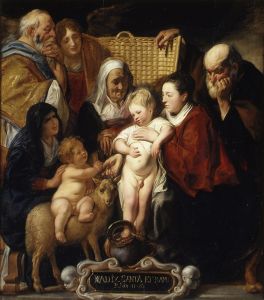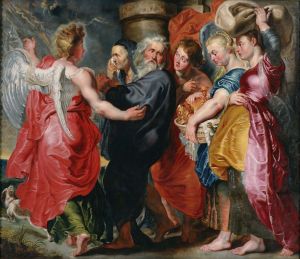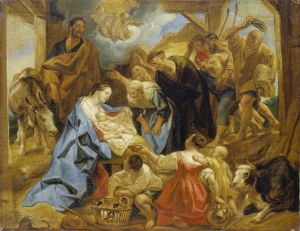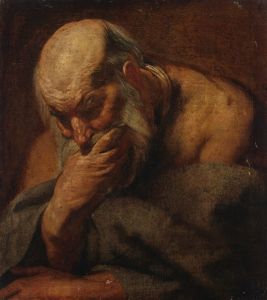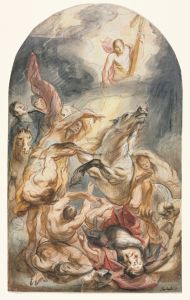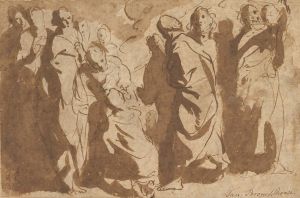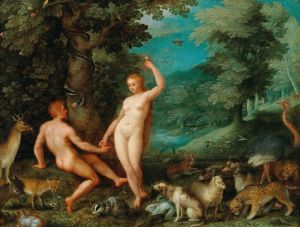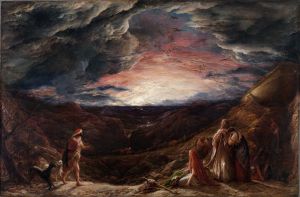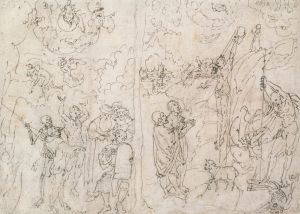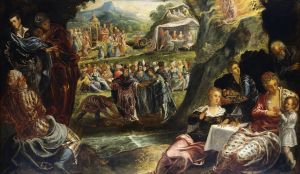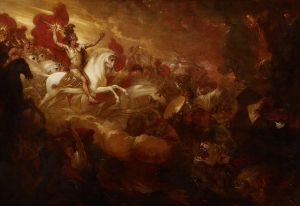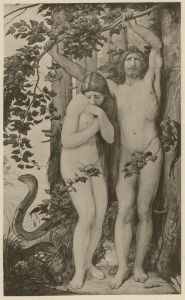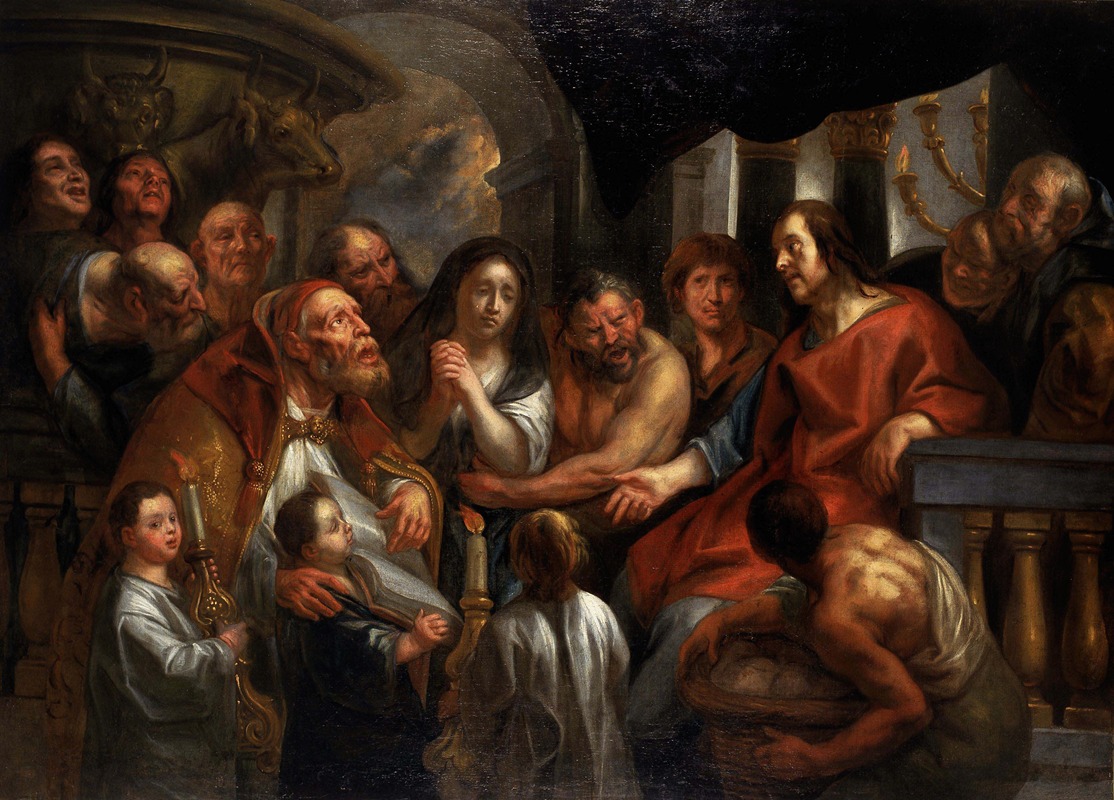
Christus en de overspelige vrouw
A hand-painted replica of Jacob Jordaens’s masterpiece Christus en de overspelige vrouw, meticulously crafted by professional artists to capture the true essence of the original. Each piece is created with museum-quality canvas and rare mineral pigments, carefully painted by experienced artists with delicate brushstrokes and rich, layered colors to perfectly recreate the texture of the original artwork. Unlike machine-printed reproductions, this hand-painted version brings the painting to life, infused with the artist’s emotions and skill in every stroke. Whether for personal collection or home decoration, it instantly elevates the artistic atmosphere of any space.
Jacob Jordaens was a prominent Flemish Baroque painter known for his vibrant use of color and dynamic compositions. One of his notable works is "Christus en de overspelige vrouw" (Christ and the Woman Taken in Adultery), which depicts a biblical scene from the Gospel of John, Chapter 8, verses 1-11. This narrative tells the story of a woman accused of adultery and brought before Jesus by the scribes and Pharisees, who intended to trap Him into saying something they could use against Him. Instead, Jesus famously responded, "Let any one of you who is without sin be the first to throw a stone at her."
Jordaens' interpretation of this scene is characteristic of his style, which often included robust figures and a strong sense of movement. The painting captures the dramatic moment with a composition that draws the viewer's eye to the central figures of Jesus and the accused woman. Jordaens employs a rich palette and a masterful use of light and shadow to emphasize the emotional intensity of the scene. The expressions and gestures of the figures are rendered with great attention to detail, conveying a sense of tension and anticipation.
Jordaens was part of the Flemish Baroque tradition, which was heavily influenced by the works of Peter Paul Rubens, with whom Jordaens had a professional relationship. Although Jordaens never traveled to Italy, his work shows the influence of the Italian Renaissance and Baroque masters, which he absorbed through the vibrant artistic community in Antwerp. His paintings often feature a lively and theatrical quality, with a focus on human emotion and interaction.
"Christus en de overspelige vrouw" reflects Jordaens' ability to convey complex narratives through his art. The painting not only illustrates a biblical story but also invites viewers to reflect on themes of sin, judgment, and mercy. Jordaens' skillful use of composition and color helps to create a powerful visual impact, making the viewer feel as though they are part of the unfolding drama.
Throughout his career, Jordaens produced a wide range of works, including religious scenes, mythological subjects, and genre paintings. He was known for his ability to depict the human form with vitality and realism, and his works were highly sought after by patrons in Flanders and beyond. Despite the religious subject matter of "Christus en de overspelige vrouw," Jordaens' approach is more focused on the human aspects of the story, highlighting the universal themes of compassion and forgiveness.
Jordaens' contribution to the Baroque movement is significant, and his works continue to be studied and admired for their technical skill and emotional depth. "Christus en de overspelige vrouw" is a testament to his ability to bring biblical stories to life with a sense of immediacy and relevance that resonates with audiences even today.





